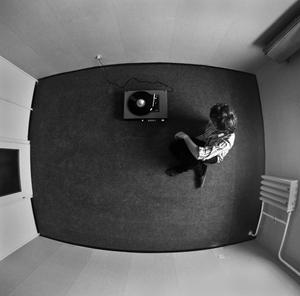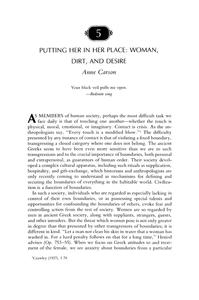



Edited selections of philosopher Gernot Böhme’s writings, this book foregrounds atmosphere as a critical design dimension. It bridges theory and practice, deepening how we understand spaces as felt, affective environments.

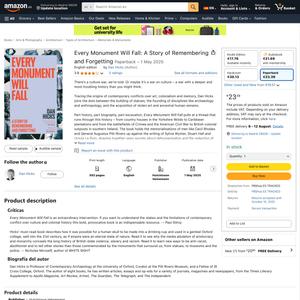
Sara Ahmed’s idea of orientation: what we reach for shapes what we know. What touches first becomes the condition for how we proceed. This is a surface practice—unfolded slowly, changed by contact, held only until we no longer need to.
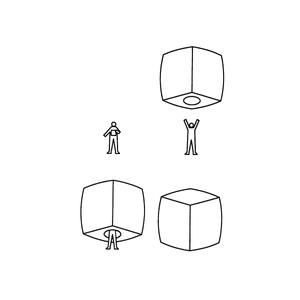
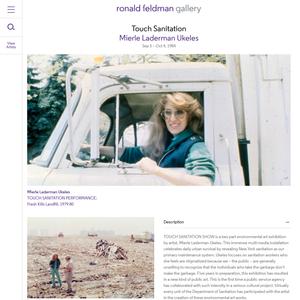
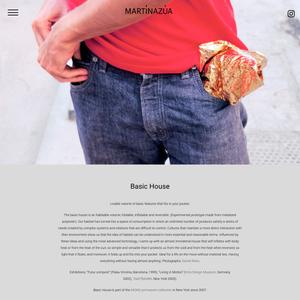
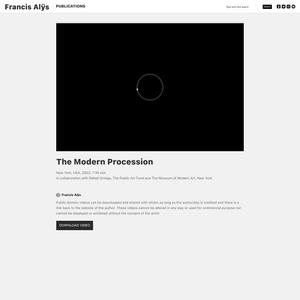
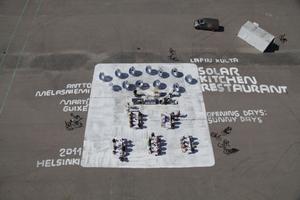
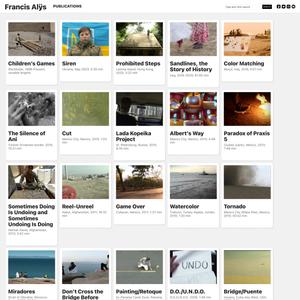
Through his seemingly insignificant walks, Francis Alÿs not only reimagines the city, he also creates narratives, spreads rumors, maps the social fabric of the place through actions that are sometimes short sometimes carried out over long distances or many hours, by turns dragging, pushing or carrying an accessory that stands in for a clue to reading the fable spun by the body in motion.
the body is not just a passive object but an active medium through which we experience and engage with the world. -Phenomenology of Perception, Merleau-Ponty
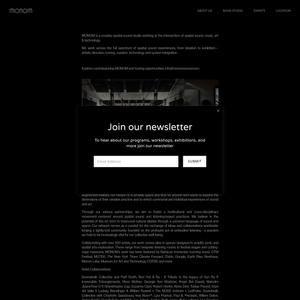
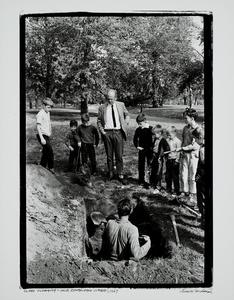
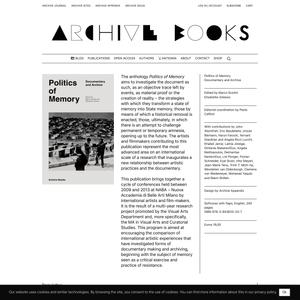
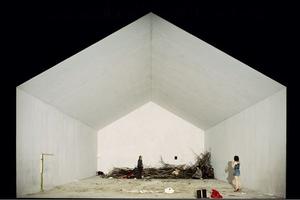
5 months ago
How far can I reach? I'm in a car traveling the folds of the southwest region of the country and the road is steadying out and becoming flat and giving off an energy like a vortex leading into the horizon line. I'm getting closer to the coast, and realize how much I hate arriving at a destination. Transition is always a relief. Destination means death to me. If I could figure out a way to remain forever in transition in the disconnected and unfamiliar I could remain in a state of perpetual freedom. It's the preferable sensation of arriving at a movie fifteen minutes late and departing twenty minutes later then retrieving an echo of real life as opposed to a tarped sensation.
- David Wojnarowicz, Close to the Knives: A Memoir of Disintegration (Chapter 3)
